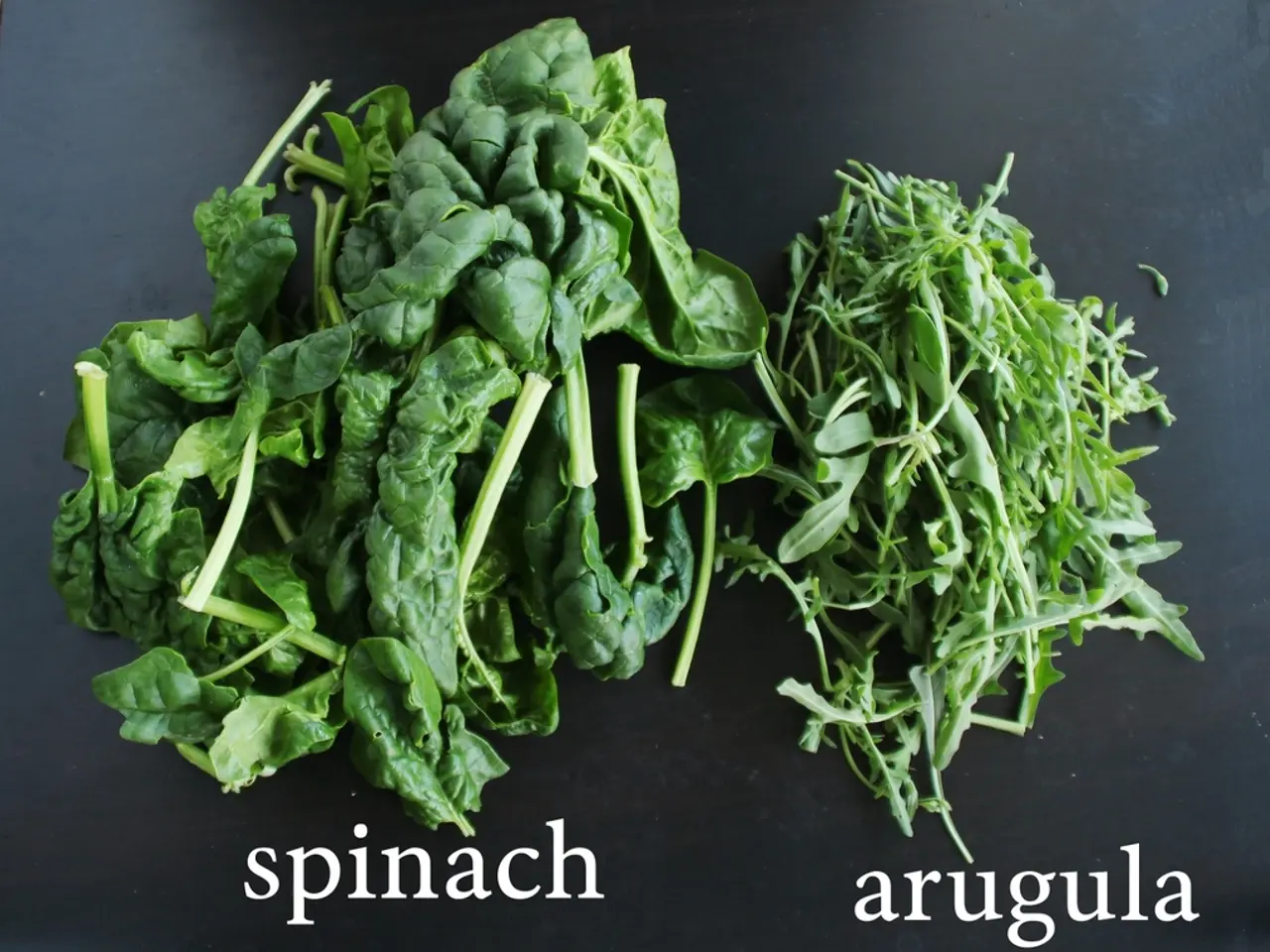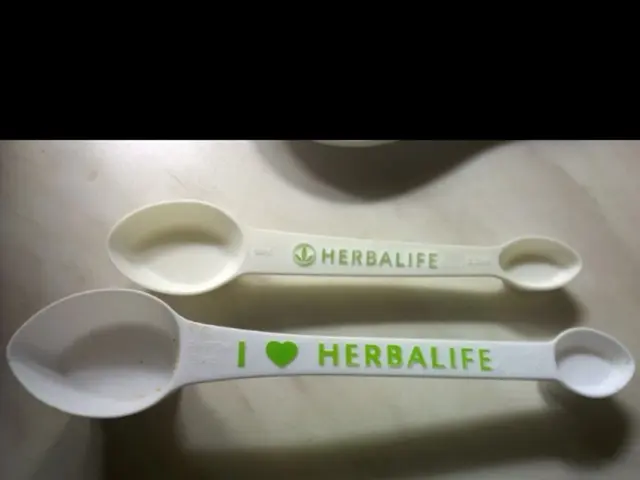Herbal Remedy for Relieving Breast Swelling, Reducing Milk Production, and Gradual Weaning: Cabbage Leaves
In the early days of breastfeeding, many mothers may encounter issues with improper latching, which can lead to frustration and discomfort due to excess milk production and breast engorgement. A popular home remedy for relieving this problem is the use of refrigerated cabbage leaves.
This simple yet effective method involves washing green cabbage leaves, refrigerating them until cold, and then placing them inside the bra to cover the breast but not the nipple. The leaves should be left in place for 15-20 minutes several times a day. This cooling effect and the possible anti-inflammatory properties in the cabbage can help reduce swelling and discomfort quickly.
The coolness of the leaves provides a soothing effect on painful, engorged breasts, and compounds in cabbage are thought to contribute to reducing milk supply. While clinical evidence from rigorous scientific studies remains limited, many new mothers report relief from engorgement and a gradual decrease in milk supply with cabbage leaf use.
It's important to note that the use of cabbage leaves is mainly considered safe and effective for symptomatic relief rather than as a sole medical therapy for lactation suppression. Continuing to breastfeed, it is crucial to stop using cabbage leaves once the breast engorgement and pain have subsided, as they may also reduce milk supply.
Cabbage leaves can also be beneficial during the weaning process. If a mother wishes to wean her baby, she can use cabbage leaves not only to treat breast engorgement and pain but also to reduce milk supply. In such cases, expressed breast milk can be fed to the baby using a nipple or spoon, and lactation counselling can be sought if needed.
In summary, refrigerated cabbage leaves are an accessible, natural, and effective topical treatment to ease breast engorgement and aid in lactation suppression during weaning by reducing breast pain and possibly decreasing milk flow, based on current reported user experience and nursing advice. It's essential to be patient with your baby while caring for yourself, as a healthy mother is crucial for a healthy child. If experiencing severe or persistent breast engorgement, prompt treatment is necessary, and if the situation worsens, consult a gynaecologist.
[1] Beginnings: A Practical Guide Through Your Pregnancy (3rd edition (1997) [2] Leigh, J. P., & Stone, A. A. (2015). The Breastfeeding Mother's Guide to Making More Milk. Pinter & Martin Ltd. [3] Newman, J. L., & Pitman, J. A. (2018). Breastfeeding and Human Lactation (6th edition). Wiley-Blackwell.
Parenting literature often recommends the use of refrigerated cabbage leaves as a home remedy for breast engorgement during early stages of breastfeeding, which can create discomfort and hasten milk production. This practice is also found beneficial during the weaning process, as it may help reduce milk supply and soothe painful breasts, making it an effective health-and-wellness tool for womens-health.




